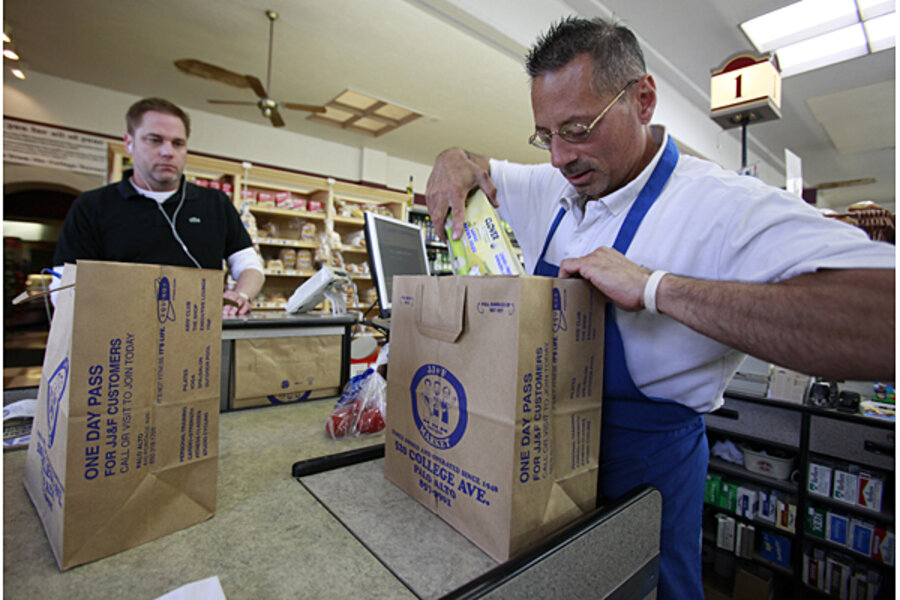The joys and tribulations of shopping with children
Loading...
I have three children under the age of eight. The prospect of taking them all to the grocery store for a weekly grocery trip is something of a daunting one. While they do behave pretty well overall, they’re also children, and that brings about several problems. Things grab their attention easily. They get bored with aisles of goods that they have no interest in, so they’ll resort to play.
At the same time, there are reasons why I still take them to the grocery store. Sometimes, it’s necessary to do it so Sarah can have some time to work on projects without child interference. At other times, grocery shopping seems like a reasonable family excursion if we’ve been cooped up in the house too long (this often happens in the winter).
The biggest reason why I take them grocery shopping sometimes, though, is that a grocery trip is loaded with opportunities to both teach and demonstrate strong and sensible personal finance skills.
Here are some of the things that I do on most grocery trips.
I show the children how to comparison shop. When we’re at a selection of, say, trash bags, I’ll call the two older children over and ask them which bags we should buy. As they look them over, I’ll tell them exactly what I’m looking for – the lowest price per bag on bags that are actually reliable.
So, I’ll point out some types that we won’t buy, and that leaves us with several options. How do we then figure out which one is the best for us to buy?
I walk them through how to figure out the price per bag. We’ll also check for coupons to see if that changes the equation a bit. Eventually, we’ll figure out the right item and put it in the cart. I’ll usually figure up right then and there how much we saved versus buying one of the other options and tell them.
I don’t do this with every item, but I try to do it with one or two items per trip, just so they understand the benefits and the reasoning behind it.
I prepare a grocery list – and then use it. Our kids have a weekly chance to observe the process of making a grocery list, where we look at grocery flyers and dig through recipes to develop a list of things we need, and then we actually use it at the store.
It’s not quite enough for them just to watch, though. We usually solicit some input from them during the process by talking about the ingredients that are on sale as well as talking about potential recipes. “Hey, guys, looks like rice and broccoli are on sale… what do you think about some kind of risotto?”
I’ve even turned the grocery list into a spelling bee by asking our five year old how to spell “rice” and our seven year old how to spell “broccoli,” for example.
In the store, I refer to our grocery list while shopping by saying things like “Only two more items left on the list, guys.” I’ll also state that the reason we’re skipping some impulse buys is that the item they’re looking at isn’t on our list, so we don’t really need it at home.
I buy generics, unless there’s a specific reason not to. My children are brand-aware. They will want me to buy a certain name-brand item – say, Cheerios. Most of the time, I’ll pick up the generic instead and point out to them that it’s the same exact thing except we pay less money for it.
My oldest child has doubted this a few times, but I’ve actually shown him side-by-side ingredient lists and nutrition facts labels, which usually show that the items are either identical or extremely close to the same thing.
When I point out to him that if we buy fifteen generics and save $1.50 on each of them, that’s over $20 saved, he starts to really pay attention, because he’s a pretty good saver on his own. He’s saved $50 out of his $2 weekly allowance in order to buy a single item in the past, and he’s currently up to $24 saving for another expensive item.
Sure, taking children to the grocery store can be a lot of work. It can be distracting at times. However, if you take it as a learning experience and make sure to keep at least some of your focus on making purchases based on your grocery list, it can be a positive and valuable experience for both parent and child.








